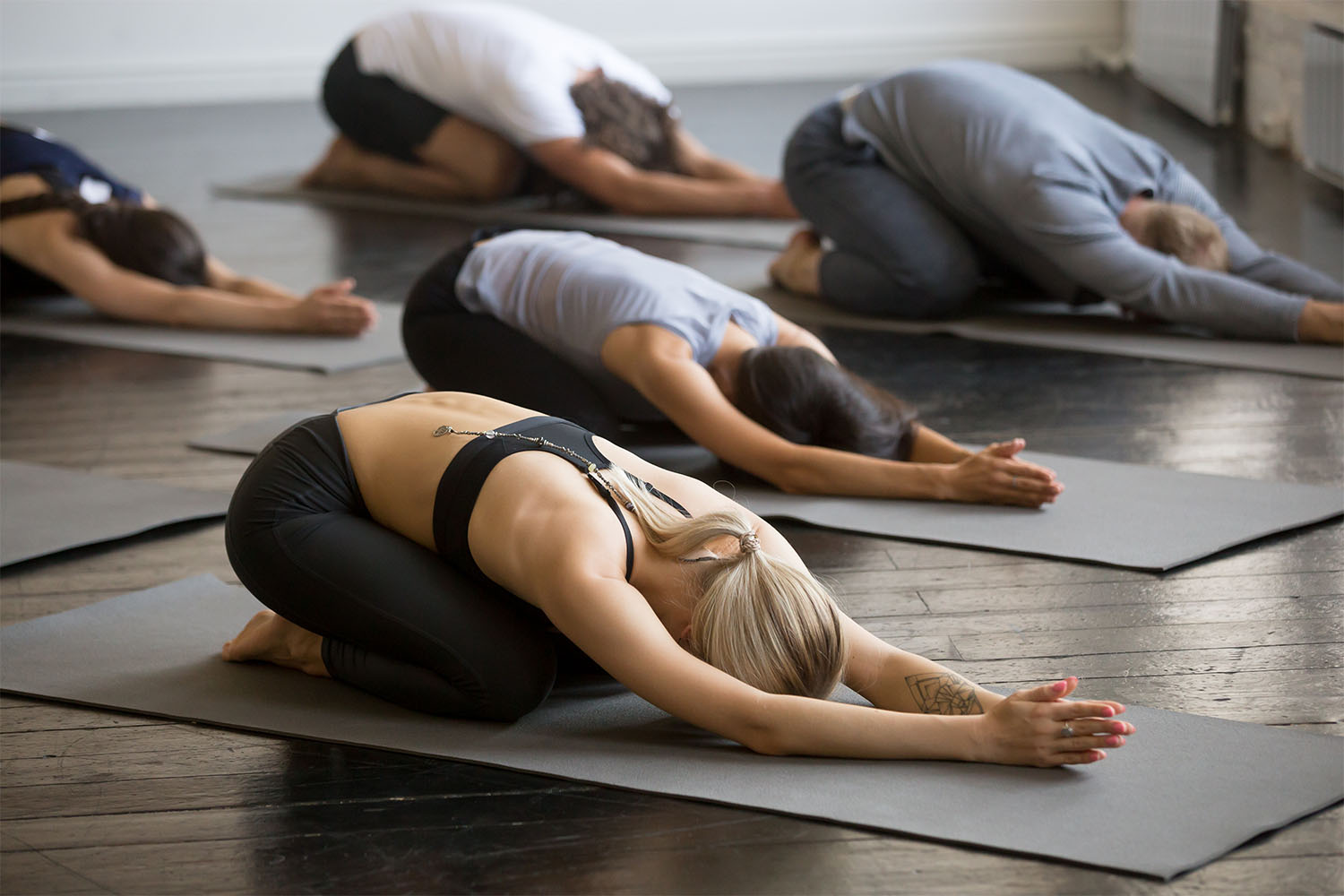We are not always mindful of our posture, or at least not until it is too late. Poor posture can lead to discomfort and pain in the body, among many other negative effects on your health.
On the bright side, paying attention to your posture can prevent undesired discomfort and even reverse course if you are already experiencing it.
Risks of Poor Posture
Maintaining proper posture can be easy to forget if you are not called out on it or reminded by seeing your fellow coworkers. However, it is important to be mindful of maintaining good posture. After all, it can come with some uncomfortable consequences.
The biggest risk of bad posture is pain and discomfort. Back pain, neck pain, and lower back pain are all too common in people who don’t pay attention to their posture. However, bad posture over long periods can even have more surprising risks, like affecting your balance, causing headaches, and even reducing your lung capacity.
Not to mention that poor posture, for various reasons, can simply make you less productive while working from home.
What Does Correct Posture Look Like?
Not everyone has the right picture of what good posture should be, so understanding what the right posture looks like is crucial for maintaining a healthy back. If you work from home, you likely spend most of the day at a desk.
At eight hours a day, the time spent sitting at your desk can add up quickly, so you must be in the right position while you are there.
Sitting Posture
While sitting, avoid sitting too low in your chair or leaning too far forward and putting a bend in your back. Keep your back straight, and your shoulder blades lifted slightly.
You also want to keep your neck straight as you sit. Your chair should be a good height so that your knees are bent at a right angle, and you can keep your feet flat on the floor or consider a footrest.
Good posture extends to your typing hands as well. Your elbows should be at your sides, close to your body, and your keyboard should be positioned, so you can type with a minimal bend in your wrist.
Standing Posture
If you have the benefit of using a standing desk during your workday, you will want to maintain a healthy posture there as well. Most of what is true while sitting remains the same — your eyes should still be focused straight forward so that your back and neck are upright, and your arms should be positioned for comfortable typing. Make sure to keep your knees bent slightly as well.
How To Maintain Good Posture at Home
The key to good posture is being mindful of your body and your daily habits. If you have noticed some back pain or discomfort, then now is the perfect time to start building awareness of how you are treating your body while working from home.
Fortunately, for better posture during your workday, you can focus on the following tips.
Avoid Slouching
We all do it at some point, but slouching is one of the worst habits to develop when working from home, and avoiding it is easier said than done. Besides, it is the most comfortable way to sit! However, slouching can have some very uncomfortable long-term effects, leading to discomfort in your lower and mid-back, on top of other risks.
A good desk chair is one of the best ways to avoid slouching. This chair should have lower back or lumbar support that follows the natural curves of your spine. Keep your glutes back in the chair to prevent slouching.
A good chair is also adjustable by height. Correctly adjusting your chair ensures that you are in a good position relative to your desk and can reach everything when maintaining a good posture.
Ensure the chair is properly positioned so you can handle your keyboard and see everything comfortably. Otherwise, you will become more relaxed in how you sit if it is easier to slouch to reach everything.
If you have trouble not slouching, or you slouch because of pain, you may need some extra support. Wearing a back brace can help keep you mindful of your posture and support your spine, and with the right technology, it can help promote blood flow to encourage pain relief.
Keep an Ergonomic Workspace
When you are in the zone, it can be easy to hunch your back and get a better look at your work, but it is a terrible habit. Remember to always keep your upper back against the back of your chair. The best way to avoid hunching forward is to prevent yourself from having a reason to do it.
For example, you will likely find yourself leaning forward if you are trying to focus on something on your computer screen or desk. Therefore, you can minimize the chances of slouching by simply ensuring you can see properly.
Your computer monitor should be about arm’s length away and sit at eye level when your back is straight, so you don’t need to slouch to read off it. If you are having trouble seeing the monitor from this position, it may be time to visit the eye doctor. After all, it’s better to wear glasses than end up with back pain or discomfort.
Keep Your Core Muscles Strong
Your muscles are responsible for supporting the frame that is your spine and skeleton, so to keep things upright and properly support your body weight, your muscles must be in good shape.
Weakened muscles can start to cause imbalance and leave you with poor posture. And weak muscles can cause a reinforcing cycle — poor posture lets your supporting muscles grow weaker, and as your muscles weaken, your posture worsens.
The most important way to maintain strong muscles for good posture is to maintain balanced strength, as stronger abdominal muscles will overpower weaker back muscles for poor posture. So try to include a good exercise routine that involves working out your core muscles, from your abdominal muscles to your back muscles.
You should also add exercises that support strong neck muscles, which can even be done throughout the day. If you are unsure of a good training program or have significant pain, consider seeing a physical therapist for support.
Remember, poor posture is a slippery slope — the more you let your muscles be lazy, the more they weaken and affect your posture. If you are starting to experience weakness or discomfort now, it is time to start taking action.
For added support, wearable recovery products like Incrediwear can help optimize the recovery process so that you can work and exercise the right way instead of being sidelined by pain.
Support Your Posture With Incrediwear
Back pain is one of the most uncomfortable types of pain one can experience, and bad posture is a significant cause. However, taking the right steps to correct your posture now can go a long way. No matter what activity you are taking on, Incrediwear is here to help with our collection of sleeves and braces. Even if you need extra support maintaining that perfect posture, our back brace can help.
Whether you are planning for your next long-distance run or just trying to make it through the workday, Incrediwear products are designed to support you. Equipped with semiconductor technology, our comfortable sleeves and braces are designed to promote pain relief, support your athletic performance, and optimize your recovery.
Explore our full collection of products for yourself and see how Incrediwear can support you in your daily needs.
Sources:
3 surprising risks of poor posture | Harvard Health
Slide show: Prevent back pain with good posture | Mayo Clinic
Get the Research on Posture and Productivity | American Posture Institute
Read more

When you plan to run a marathon, you make a large but very admirable commitment, as running 26.2 miles is no easy feat. Marathon runners must follow a rigid training program to prepare for the inte...

Lower back pain is one of the most frustrating forms of discomfort and one of the most difficult to tackle. Unfortunately, trying to ignore it doesn’t help solve the problem either. On the bright s...






Leave a comment
All comments are moderated before being published.
This site is protected by hCaptcha and the hCaptcha Privacy Policy and Terms of Service apply.